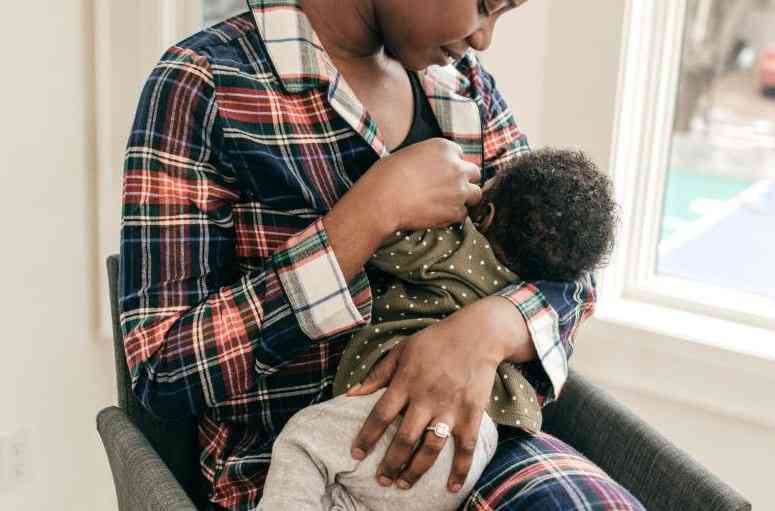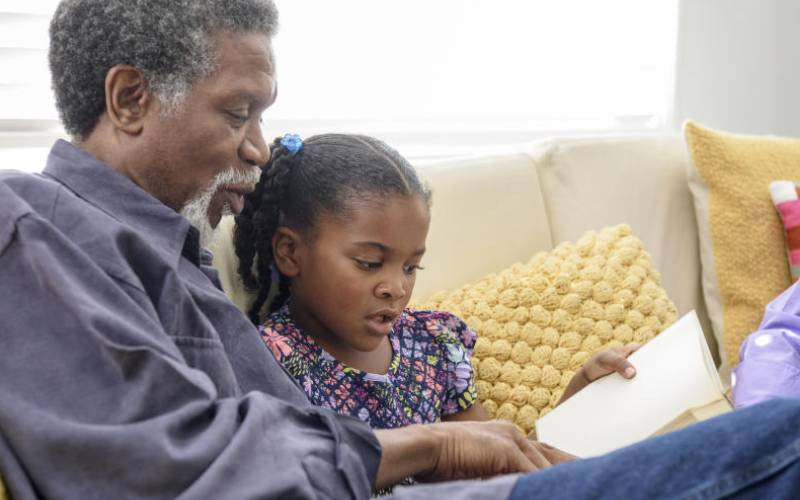
Even without medical explanation nature has made it pretty clear that breastfeeding is a vital part of child development and growth.
There are always exceptions though. And when it comes to breastfeeding, HIV infection is at the root of a major exception. The transmission of the virus from a positive mother to her child occurs during pregnancy, labour, delivery or breastfeeding. In medical terms this is referred to as mother-to-child transmission.
"HIV mostly thrives in bodily fluids like blood and breast milk," says Dr Doris Kinuthia, a paeditrician, says.
Therefore, by daily consuming its mother's milk, there is an incredible risk that the baby will get infected with the virus. This is however based on the premise that the baby emerged from the womb uninfected by the virus. But, whether a mother is advised to breastfeed or not is dependent to their specific situation. Sometimes, a doctor will let a mother living with HIV breastfeed. This would however go hand in hand with exclusive breastfeeding practices – even beyond six months.
Consumption of particulate food has been found to cause even minute injuries through which the baby can be infected by the virus. According to available data, in the absence of any intervention, mother-to-child transmission rates range from 15 per cent to 45 per cent.
"This rate can be reduced to below 5 per cent," Doris says, "with effective interventions during the periods of pregnancy, labour, delivery and breastfeeding."
Intervention, she states, would primarily include antiretroviral treatment for the mother, a short course of antiretroviral drugs for the baby, and appropriate breastfeeding practices.
 The Standard Group Plc is a multi-media organization with investments in media platforms spanning newspaper print
operations, television, radio broadcasting, digital and online services. The Standard Group is recognized as a
leading multi-media house in Kenya with a key influence in matters of national and international interest.
The Standard Group Plc is a multi-media organization with investments in media platforms spanning newspaper print
operations, television, radio broadcasting, digital and online services. The Standard Group is recognized as a
leading multi-media house in Kenya with a key influence in matters of national and international interest.










